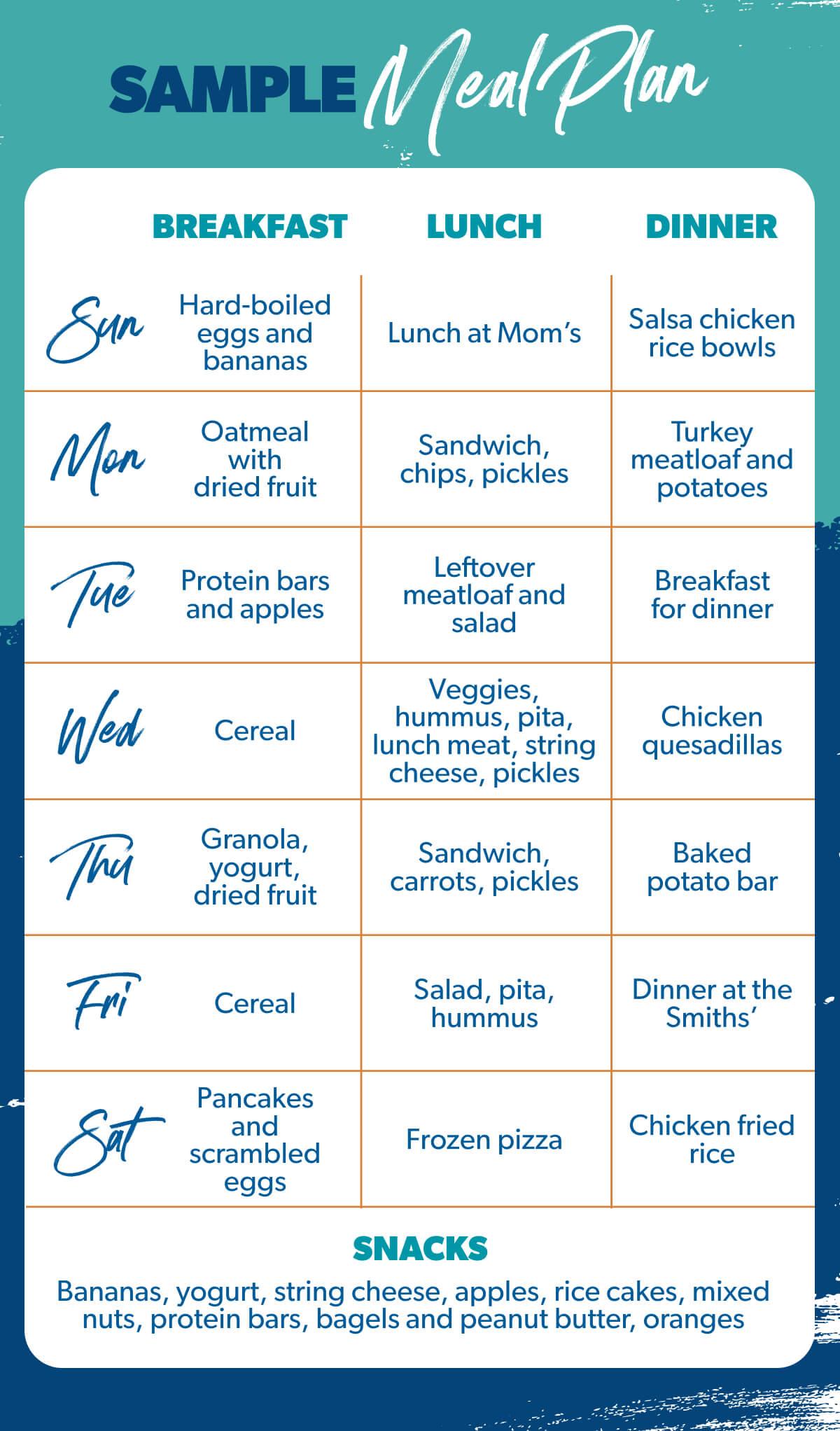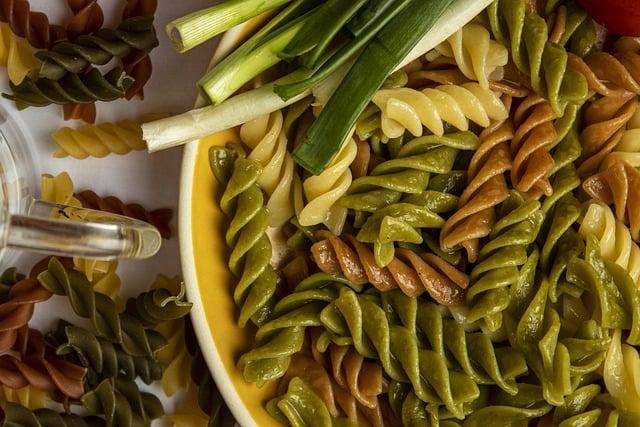In the quest for effective weight loss, meal planning emerges as a powerful ally, offering structure, control, and the potential for long-term success. With its roots in both nutrition and organization, meal planning transforms the daunting task of dieting into a manageable, even enjoyable, endeavor. By strategically selecting ingredients, preparing meals in advance, and adhering to a well-thought-out plan, you can take charge of your nutritional intake, curb unhealthy cravings, and ensure a balanced diet tailored to your weight loss goals. This guide will walk you through the best practices of meal planning, equipping you with the tools and confidence needed to embark on your weight loss journey with clarity and purpose. Whether you’re a seasoned planner or a curious beginner, these insights will help you harness the full potential of meal planning, paving the way for a healthier, more fulfilling lifestyle.
Understanding the Basics of Effective Meal Planning
At its core, meal planning is a strategic approach to eating that ensures your nutritional needs are met while aligning with your weight loss goals. It involves organizing your meals and snacks in advance, typically for a week, which helps you make healthier food choices and avoid impulsive eating. By meticulously planning your meals, you can control portion sizes, manage caloric intake, and ensure a balanced diet. Here are some key components to consider:
- Variety: Include a range of foods from all food groups to ensure you’re getting a diverse array of nutrients.
- Balance: Each meal should contain a mix of macronutrients: proteins, carbohydrates, and fats. This helps maintain energy levels and promotes satiety.
- Portion Control: Pre-measure your servings to avoid overeating and stay within your calorie goals.
- Preparation: Allocate time for meal prep to reduce stress and ensure you stick to your plan.
By implementing these elements, meal planning becomes a powerful tool for weight loss, allowing you to stay committed to your goals with ease and confidence.

Crafting Balanced Meals to Support Your Weight Loss Goals
When embarking on a journey to shed those extra pounds, designing meals that are both nutritious and satisfying is crucial. A well-rounded meal should encompass a variety of food groups, ensuring you receive all the essential nutrients while keeping your calorie intake in check. Here are some core components to consider for each meal:
- Lean Proteins: Opt for sources like chicken, turkey, tofu, or legumes. They not only help in muscle repair but also keep you feeling fuller for longer.
- Whole Grains: Incorporate quinoa, brown rice, or whole wheat pasta to provide the energy needed for your day without the added sugars.
- Healthy Fats: Include small portions of nuts, seeds, or avocados. These fats support heart health and enhance nutrient absorption.
- Colorful Vegetables: Load up on greens, peppers, and carrots. Rich in fiber and vitamins, they add volume to your meals without the extra calories.
By carefully selecting these elements, you create a plate that’s not only balanced but also tailored to fuel your weight loss journey effectively. Remember, consistency is key, and a thoughtful approach to meal planning can be a powerful ally in achieving your goals.

Incorporating Variety and Flexibility in Your Meal Plan
To achieve weight loss goals, it’s crucial to design a meal plan that not only aligns with your nutritional needs but also offers enough variety and flexibility to keep you motivated and satisfied. Variety is the spice of life, and it should be no different in your meal planning. Mixing up your meals can prevent boredom and reduce the temptation to indulge in unhealthy options. Consider including a range of food groups in your diet:
- Lean Proteins: Think chicken, fish, tofu, and legumes.
- Whole Grains: Incorporate quinoa, brown rice, and oats.
- Fruits and Vegetables: Aim for a rainbow on your plate with seasonal produce.
- Healthy Fats: Avocados, nuts, and olive oil can be flavorful additions.
Flexibility in your meal plan allows you to adapt to unexpected changes in your schedule without derailing your progress. This might mean having a few go-to meals that are quick to prepare or learning to make healthier choices when dining out. By planning for flexibility, you can maintain your commitment to weight loss while accommodating life’s inevitable surprises. Use CSS classes like .meal-plan-tips to highlight key strategies, and remember that the key to success lies in balancing structure with adaptability.

Leveraging Meal Prep Techniques for Consistent Progress
Mastering meal prep is a transformative strategy that can lead to sustained weight loss success. By dedicating a few hours each week to plan and prepare your meals, you eliminate the guesswork from daily food choices, allowing you to focus on your fitness goals. Meal prepping ensures that you always have nutritious options available, reducing the temptation to indulge in unhealthy snacks or takeout. Additionally, it enables you to control portion sizes and manage your calorie intake more effectively.
- Batch Cooking: Prepare large quantities of staple foods like grilled chicken, quinoa, and roasted vegetables, and store them in individual containers for easy access throughout the week.
- Menu Planning: Design a weekly menu that aligns with your dietary goals. Include a variety of foods to ensure you’re getting a balanced intake of nutrients.
- Smart Shopping: Create a shopping list based on your meal plan to avoid impulse purchases and stick to healthy ingredients.
- Portion Control: Use portion control containers to help regulate serving sizes, ensuring you don’t overeat.
By incorporating these techniques into your routine, you’ll establish a structured eating plan that supports your weight loss journey. Consistency is key, and with the right approach, meal prep can become a cornerstone of your healthy lifestyle.
